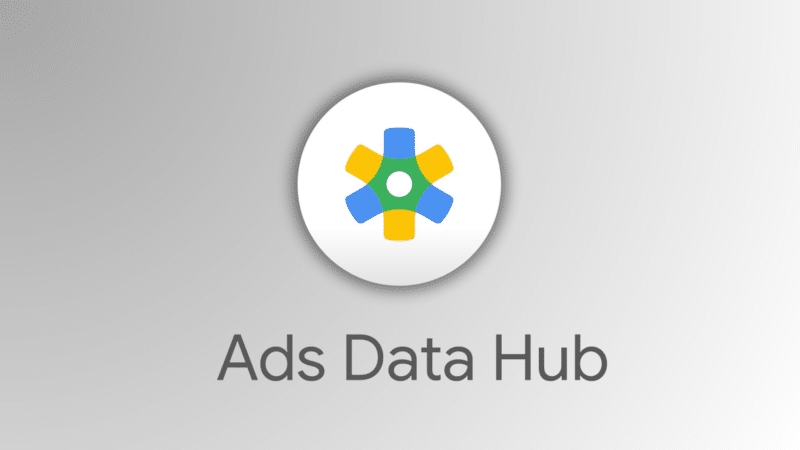
Navigating the New Era of Google Ads with Ads Data Hub
As the digital marketing landscape evolves, one major challenge advertisers face is the stringent focus on data privacy and compliance. In response, Google has unveiled the Ads Data Hub (ADH), a powerful tool designed to help marketers align their strategies with these new data standards while effectively leveraging advanced analytics.
Understanding Ads Data Hub
So, what exactly is Ads Data Hub? At its core, ADH functions as a centralized repository for all marketing-related data, seamlessly integrating various sources such as Google Ads, Google Analytics, CRM systems, and first-party data from websites and applications. One of its standout features is a commitment to user privacy; by aggregating data to obscure individual identities, ADH ensures that advertisers can comply with privacy regulations while gaining valuable insights.
Architectural Framework of Ads Data Hub
The architecture of ADH is tailored for securely handling large sets of advertising data. Advertisers can upload their own first-party data, which is then matched with Google’s vast ad data throughhashed identifiers. Utilizing Google Cloud’s BigQuery platform, marketers are empowered to run SQL queries, providing them the ability to analyze disparate data sources while maintaining strict privacy protocols through aggregation.
Limitations and Considerations
While ADH provides myriad benefits, there are notable limitations. For instance, real-time data access is not available, which may delay actionable insights related to campaigns. Moreover, a working knowledge of SQL is necessary to navigate the platform effectively, potentially necessitating specialized personnel for deeper data analysis. Additionally, the inability to access raw user-level data may limit the depth of insights advertisers can glean on certain campaigns.
Ideal Use Cases for Ads Data Hub
ADH proves particularly beneficial for analyzing customer interactions and refining marketing strategies. It aids in cross-platform measurement, enriching first-party data, and assessing user behavior for targeted marketing. Notably, businesses can exploit ADH in various ways: identifying users at risk of churn for strategic re-engagement, maximizing the lifetime value of high-value customers through personalized offerings, and optimizing campaigns based on geographic preferences.
A Complementary Tool for URL Shortening and Management
Integrating the insights from Ads Data Hub with tools like URL shorteners and link management systems can further enhance marketing effectiveness. By measuring the performance of shortened links generated from ADH insights, marketers can evaluate engagement and conversion metrics, optimize their advertising strategies, and ultimately improve return on investment for their campaigns. This synergy can unlock new dimensions in audience targeting and campaign measurement.
Conclusion
In summary, Google’s Ads Data Hub emerges as an indispensable resource for advertisers navigating the complexities of data utilization and privacy compliance. By integrating first-party data with Google’s advertising capabilities, ADH fosters advanced analysis and campaign optimization—essential in today’s privacy-conscious advertising environment. Marketers positioned to explore these advanced tools will find themselves at a significant advantage in decoding user behavior and refining their marketing strategies.
#BitIgniter #LinksGPT #UrlExpander #UrlShortener #DigitalMarketing #DataPrivacy #GoogleAds
Want to know more: Learn More

